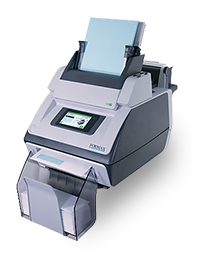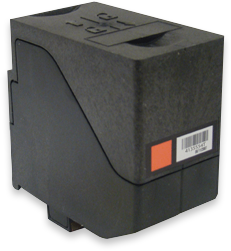Considering that shipping and handling is one of the most essential foundations of any ecommerce business, there are several aspects to take into mind. Get it wrong and you may end up with abandoned carts and dissatisfied consumers, as well as lower sales totals and negative customer evaluations, and you could lose thousands of dollars.
Here are the most important elements that impact the organization of your shipping and handling operations. Follow this list and you will be able to create a shipping and handling strategy that works for your company. Remember that Square One Business Machines is here to advise on mail machine programs and helping you find the best option.
Consider the capabilities and resources available
The size of your company, as well as the resources necessary and accessible to you, have a direct impact on the shipping and handling cost model you choose.
If you decide on self-fulfillment and manage shipping and handling yourself, will you conduct operations out of your home, acquire land, or lease a warehouse? What is your preferred method of operation? Start with your present order volume, number of SKUs, and growth predictions as a starting point for your analysis.
Because of the low order volume, it will be more cost-effective to maintain shipping and handling in-house rather than outsource it. You are unlikely to require a comprehensive inventory or warehouse management system to keep track of your operations until your company develops to the point when you need to recruit employees to assist with box packing.
If you have a large number of SKUs, you may have significant warehousing and storage expenses if you are not turning items over rapidly.
Consider the products you sell and ship
There are a variety of product characteristics that might have an impact on your entire inbound and outbound logistics strategy.
First and foremost, the product itself: Do they qualify as hazardous materials or dangerous goods; are they manufactured to order or customized; are they large and/or heavy; are they delicate or require refrigeration; and so on? The greater the number of specific needs your items have, the more stringent your storage, packing, and shipping and handling procedures must be. It is possible that you may need to take a more hands-on approach to your whole retail supply chain.
In order to develop a shipping and handling plan, you must first determine how much your product(s) cost to make, how much you charge for each item, and whether or not products are commonly purchased in a group. People may be discouraged from making a purchase if they are purchasing an inexpensive item (e.g., $5) with a shipping and handling charge that is as expensive as the product itself.
If your customers prefer to purchase many goods at the same time, you might want to consider bundling products or setting a minimum spend criteria as an incentive to qualify for cheap delivery. You can always reach out to Square One Business Machines at (972) 370-3664 for innovative mailing options.





